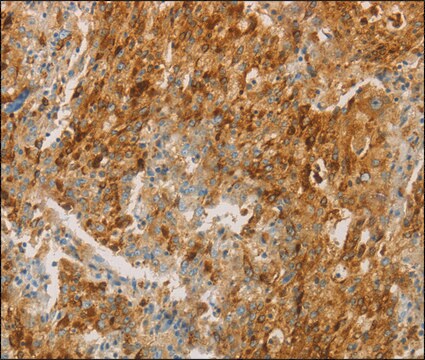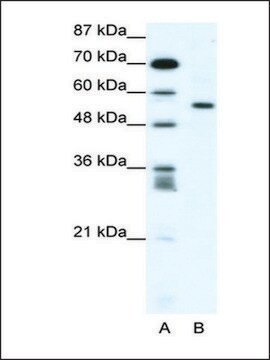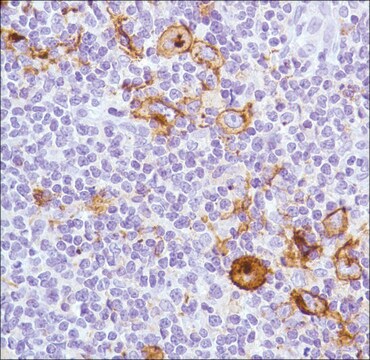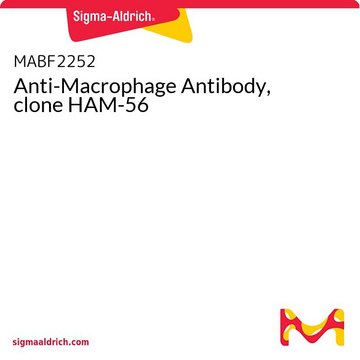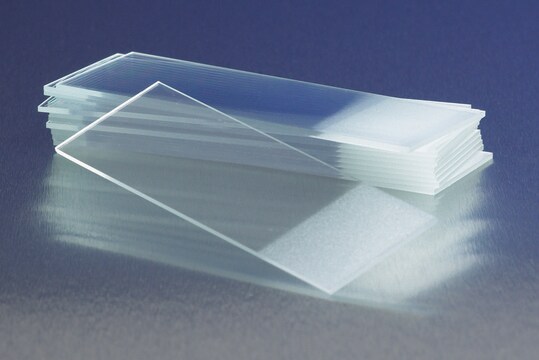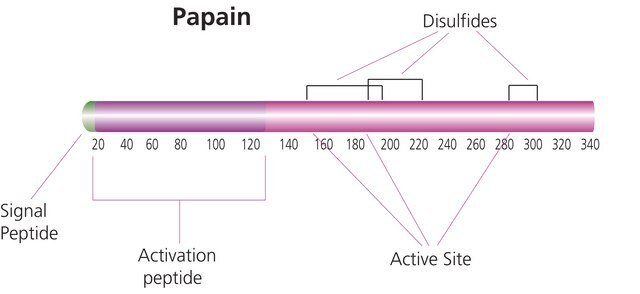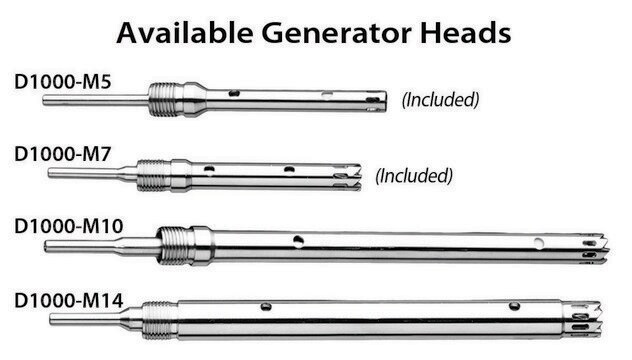MAB1407P
Anti-Macrophages/Granulocytes Antibody, clone OX-41
clone OX-41, Chemicon®, from mouse
Sinônimo(s):
CD172 antigen-like family member A, CD172a antigen, Inhibitory receptor SHPS-1, Macrophage fusion receptor, MyD-1 antigen, SHP substrate 1, SHP substrate-1, Signal-regulatory protein alpha-1, signal-regulatory protein alpha
About This Item
Produtos recomendados
fonte biológica
mouse
Nível de qualidade
forma do anticorpo
affinity isolated antibody
tipo de produto de anticorpo
primary antibodies
clone
OX-41, monoclonal
purificado por
affinity chromatography
reatividade de espécies
mouse, human, rat
fabricante/nome comercial
Chemicon®
técnica(s)
flow cytometry: suitable
immunocytochemistry: suitable
immunohistochemistry (formalin-fixed, paraffin-embedded sections): suitable
western blot: suitable
Isotipo
IgG2a
nº de adesão NCBI
nº de adesão UniProt
Condições de expedição
wet ice
modificação pós-traducional do alvo
unmodified
Informações sobre genes
human ... SIRPA(140885)
Descrição geral
Especificidade
Labels most macrophages including resident peritoneal, alveolar and activated macrophages. Recognition of other macrophages is limited to only occasional kupffer cells. In addition it labels granulocytes and a population of dendritic cells. It also labels brain extensively.
Imunogênio
Aplicação
Frozen sections and Formalin fixed, paraffin embedded tissue sections (requires trypsin or pronase pre-treatment).
Western Blotting:
A previous lot of this antibody was used in western blot.
Flow cytometry:
1:100-1:200 of a previous lot was used. (Use 10 μL of working dilution for 10^6 cells in 100 μL).
Optimal working dilutions must be determined by the end user.
Inflammation & Immunology
Inflammation & Autoimmune Mechanisms
Qualidade
Immunocytochemistry Analysis:
Confolcal fluorescent analysis of Macrophages/ Granulocytes using anti-Macrophages/ Granulocytes mouse monoclonal antibody.
Descrição-alvo
Ligação
forma física
Armazenamento e estabilidade
Nota de análise
Macrophages, monocytes, lymphoid organs.
Outras notas
Informações legais
Exoneração de responsabilidade
Não está encontrando o produto certo?
Experimente o nosso Ferramenta de seleção de produtos.
Código de classe de armazenamento
12 - Non Combustible Liquids
Classe de risco de água (WGK)
WGK 2
Ponto de fulgor (°F)
Not applicable
Ponto de fulgor (°C)
Not applicable
Certificados de análise (COA)
Busque Certificados de análise (COA) digitando o Número do Lote do produto. Os números de lote e remessa podem ser encontrados no rótulo de um produto após a palavra “Lot” ou “Batch”.
Já possui este produto?
Encontre a documentação dos produtos que você adquiriu recentemente na biblioteca de documentos.
Nossa equipe de cientistas tem experiência em todas as áreas de pesquisa, incluindo Life Sciences, ciência de materiais, síntese química, cromatografia, química analítica e muitas outras.
Entre em contato com a assistência técnica